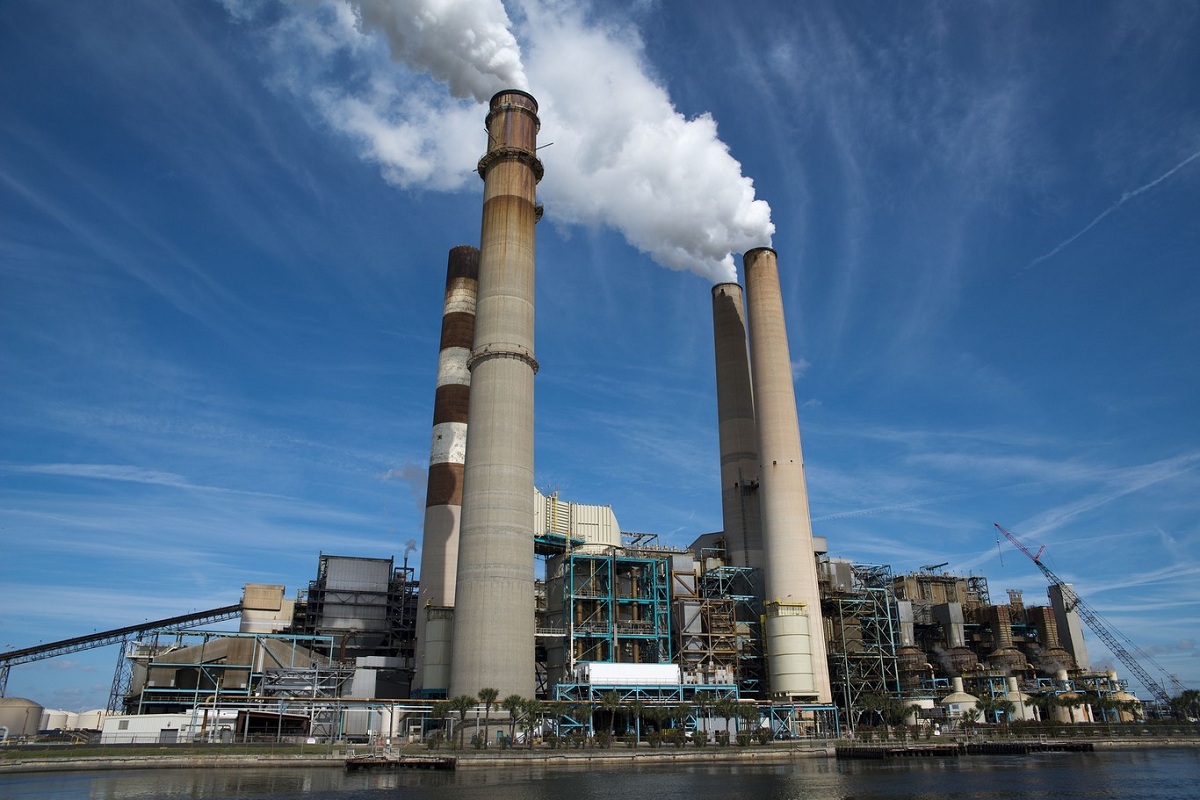
On our planet we have two sources of energy according to their use and extraction. On the one hand, we have the Non-renewable energy sources which are those that are found in nature in a limited way. It cannot be regenerated and they do it very slowly in relation to human life expectancy. For example, we have the accumulation of carbon that can take more than 500 million years to regenerate. On the other hand, we have renewable energies. It is about clean and limited energies that do not pollute but that there was today has much to improve.
In this article we are going to tell you about the main non-renewable energy sources, their characteristics and their uses.
Non-renewable energy sources

There are two types of non-renewable energy: conventional energy and unconventional energy. Conventional non-renewable energy covers all fossil energy sources, such as oil, natural gas, and coal, and are widely used energy sources in the world.
These types of sources are regularly distributed throughout the planet and produce a lot of energy per unit of time, without forgetting that they have been the main drivers of industrial energy since the invention of the steam engine.
Everyone knows the environmental problems caused by this energy, such as the greenhouse effect, the increase in temperature and other consequences. That is why we are working hard every day to stop using this energy and replace it with renewable energy.
As non-renewable and unconventional energy sources, we can find those that come from biofuels, agrofuels or cultivated fuelss and nuclear ones such as uranium and plutonium.
Fossil fuels

We are going to describe the main sources of fossil fuels, their characteristics and their uses.
Coal: Coal is part of fossil fuels and is a non-renewable energy source. It is an organic mineral and it is believed that most of the coal It was formed between 280 and 345 million years ago. According to the Ministry of Industry, Energy and Tourism of Spain, the consumption of this type of energy in 2016 was 10.442 KTEP, ranking fourth in other energy sources.
Oil: Oil is the main source of energy and part of fossil fuels because it is found in underground sediments in the upper layers of the earth's crust. Like all fossil fuels, it is a non-renewable energy source and is widely used as a raw material for the production of plastics and other derivatives. In Spain, the energy consumed from this energy is 54.633 KTEP, which is the most used energy compared to other energy sources.
Natural gas: Natural gas is the second highest energy consumption in Spain in 2016, with an energy consumption of 25035 KTEP. It is a mixture of hydrocarbons extracted from deposits that may be adjacent to oil or coal deposits. This energy must be processed before it can be used for domestic or commercial purposes, and it has myriad applications in industry, homes, or transportation, such as power generation.
Biofuels and agrofuels

Biofuels are energy derived from a mixture of various organic substances. It is obtained from agricultural species such as cassava, corn, soybeans, sunflower, palm trees and even forest species such as pine or eucalyptus.
The main biofuels are bioethanol and biodiesel. In Spain, the energy consumption of biomass, biofuels and renewable waste was 6688 KTEP in 2016, ranking sixth in other energy sources.
Non-renewable energy sources: nuclear energy
Although there is a great difference in nuclear energy with respect to other non-renewable energies. And it is that this type of energy does not generate an emission of greenhouse gases during its generation, but it does create large amounts of dangerous radioactive waste that is difficult to treat. It should also be added that said waste ends up contaminating the environment and having serious impacts on the soil, water and air.
Nuclear energy is the energy produced by the decomposition of uranium atoms. This thermal energy boils the water found in nuclear reactors and is converted into electrical energy by turbines.
Uranium is a finite mineral found in nature, making it a non-renewable resource. In Spain, according to a report by the Ministry of Industry, Energy and Tourism, this energy consumes 15.260 KTEP of energy, ranking third among other energy sources.
Looking back at the major non-renewable energy sources, we realize that their use is still beyond our imagination. The fact of constantly listening to news about renewable energy can make us think that we have fulfilled our commitment to the environment, but this is not the case.
Advantages and disadvantages
We must know that non-renewable energy sources have advantages and disadvantages. Not everything can be black or white in terms of energy. First of all, consider what the advantages are. Let's list them:
- The availability of fossil fuels and coal is good.
- The technologies used to harness these energy sources are also well developed.
These two factors, among a few others, are what make nonrenewable energy as cost competitive as it is today. The transition to a civilization powered by renewable energy sources will require major changes in the way we harness and use energy.
Now we are going to analyze what are the disadvantages of non-renewable energy sources:
- Once non-renewable energy sources disappear, they cannot be replaced or revitalized.
- The extraction of non-renewable energy and the by-products they leave behind cause damage to the environment. There is little doubt that fossil fuels contribute to global warming.
- When fossil fuels are burned, nitrous oxides cause photochemical pollution, sulfur dioxide creates acid rain and greenhouse gases are emitted.
- A major downside to non-renewable energy is the challenge of breaking the habit of relying on it.
I hope that with this information you can learn more about non-renewable energy sources and their characteristics.